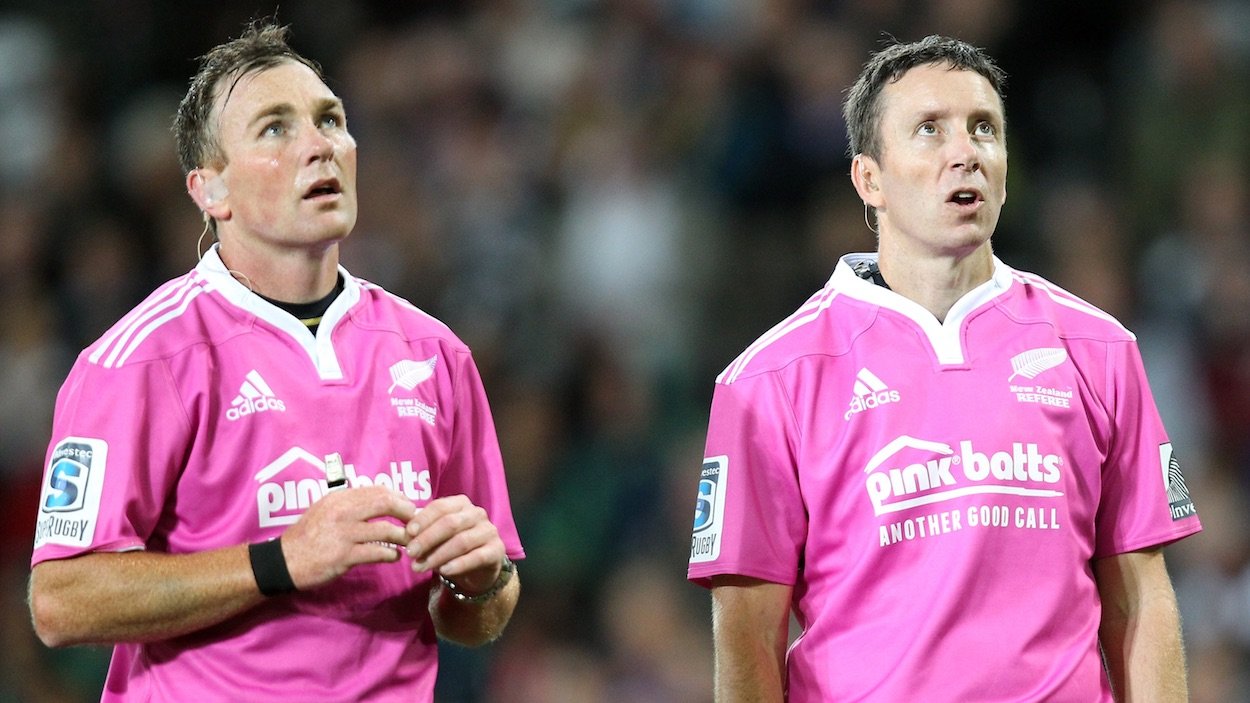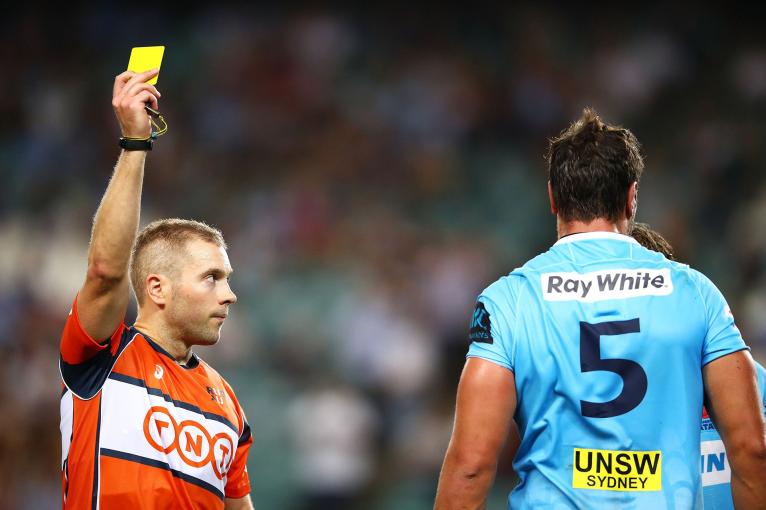It's time to take back the monstrous power bestowed on TMOs

Perhaps surprisingly, given that professionalism is now into its third decade, rugby’s law makers currently face an unusually lengthy list of challenges.
The question of player welfare – and especially head injuries – is a burning matter. Since 1995 players have got bigger and fitter, and the contacts have increased pro-rata. We have also become more aware of the long-term damage they risk.
The attempts of the sport’s various governing bodies, headed by World Rugby, to improve this situation are well intentioned. More replacements, HIA spotters and touchline assessments, return-to-play protocols and crackdowns on tip tackles, lineout contact and high challenges are all testament to this, as is the citing procedure.
However, in largely removing the question of intent from both the referee’s thought process and the subsequent on-and-off-field disciplinary process, a hornet’s nest has been opened. Manslaughter and murder have become one in the same in the eyes of the law.
Continue reading below…
The Friday night clash between Newcastle Falcons and Wasps highlighted a further area where a review of operating procedure surely cannot be far away.
The TMO is now a well-established part of English rugby’s top flight, and despite intermittent complaints from the ex-player-turned-TV pundit community, most rugby followers view its introduction as having more upside than down.
Admittedly, matches do occasionally run to close-on two hours as wary referees apply belt, braces, a handful of safety pins and a coil of rope to decisions they would have made without blinking in the pre-TMO age.

But since the TMO’s presence means we should never again see a crucial match decided by an in-goal howler – who can forget David Campese against the 1989 Lions – a few lost minutes is surely a small price to pay.
In addition, the impact of the TMO’s arrival, alongside the presence of a comprehensive citing process, has virtually eradicated old-school foul play. Maybe this is taken as read these days – since it draws very little comment – but it is probably the biggest and most positive change to impact the game in the last 25 years.
There is no doubt that what we all see on our TV screens is very quickly replicated at grass roots level. And while a lot less junior club rugby is played now than in 1992, stamping and mass brawls are a relic of a bygone age, which can only help our sport find new recruits into mini, junior and ladies’ sections.

All of which brings us to a wider question prompted by Wasps’ tense win over Newcastle – are the roles carried out by the match officials at elite level still relevant to today’s game?
There were two crucial TMO interventions in the course of the 80 minutes, which disallowed one try apiece. The second of these – to advise referee Karl Dickson that the Falcons had put a foot on the touchline thanks to Ben Morris’s brilliant last-ditch tackle – was both pivotal in determining the outcome of the match and correct.
This responsibility would have sat with the touch judge prior to the advent of the TMO.
And when the referee is unsure which side of an upright a conversion has passed, who does he turn to for an answer? The TMO – not a touch judge.
Similarly, is it the trailing touch judge or the TMO who is now more involved in identifying off-the-ball obstruction or foul play?
Continue reading below
So what exactly are the assistant referees, to give them their modern title, left doing beyond putting a flag up when the ball is hoofed into row Z.
Beyond providing moral support – and jelly babies – to the referee, the men on the touchline are widely believed to play a key role in midfield offside.
But in reality, this has not historically always been the case since some referees only want communication from a touch judge when they miss something really blatant out of their field of vision. Their logic for this, besides not always trusting the TJ to view the game exactly as they do, is that establishing whether a breakdown is a tackle or a ruck (and therefore whether a midfield offside line existed) is difficult from distance.
But the law change triggered by Italy’s infamous disruption of England has surely changed all that. The aftermath of almost every tackle now has a midfield offside line, and as Wasps continual unchecked encroachment as Newcastle sought a last-gasp winner showed, it is not well policed.
And this is not an untypical situation. As fans sat in the stand, there are points in every match when we have the perfect angle to judge whether the defensive midfield is onside, and too often transgressors go undetected.
With more tries being scored than ever before, this may be of little consequence. But like feeding at scrums, why have laws if no-one intends to apply them?
It’s time for the flag-carriers to have their mute buttons released so they can demonstrate why they are now assistant referees not touch judges.






























































